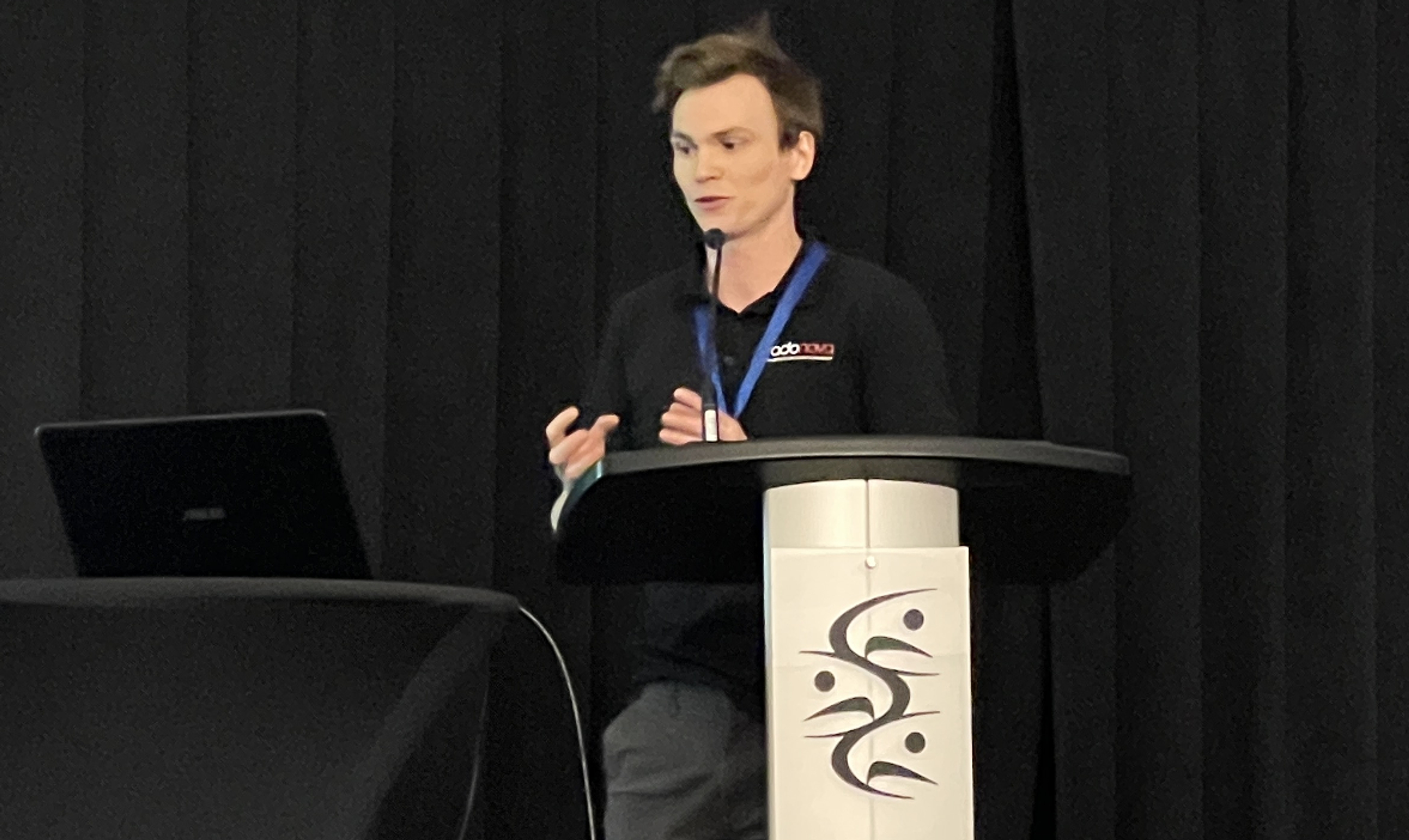

New Research Supports the Canadian Radon Follow Up Measurement Guideline for Schools and HVAC Controlled Buildings
Radonova, Inc. recently attended the Canadian Association of Radon Scientists and Technologists (CARST) Annual Radon Conference in Victoria, British Columbia. Organized around the theme of “Building Today for Healthy Tomorrows,” the conference featured researchers and scientists from the public, private, and academic sectors who presented sessions on radon measurement, radon mitigation strategies, radon in soil and water, and radon exposure risks for lung cancer.
Patrik Starck, Research and Design Engineer for Radonova Laboratories, presented the program entitled, “Follow Up Radon Measurements in Workplaces and Schools.”
Follow up radon measurements in Canadian public buildings and schools are typically performed after long-term (90 days or longer) passive measurements for radon have indicated radon levels above the actionable limit of 200 Bq/m3. Such follow up measurements are completed using a continuous radon monitor (CRM) that can record hourly results for a period of usually 2 to 7 days.
Comparing 2 and 7 Day Measurement Periods
Starck’s research analyzed the results of over 100 follow up radon measurements in Sweden for 2 day and 7 day measurement periods. The research concluded that a measurement period of less than a full 7 days can either over or underestimate the radon conditions in a building. This could lead to not mitigating for radon when needed or, possibly, mitigating for radon unnecessarily.
Using Radonova’s continuous radon monitor, SPIRIT, the study compared hourly results for 2, 5, and 7 day measurement periods. Only buildings with time controlled mechanical exhaust ventilation were used in the study. The long term passive measurement results from Radonova Radtrak3 detectors were used together with the factor between working- and non-working hours to get an estimated radon level during work hours.
In the following table, Starck shared that a 5 day follow up measurement that excludes a weekend could overestimate the radon levels during work hours by as much as 70%. Two day measurements could overestimate the radon levels during work hours by 37% (measuring on Monday and Tuesday) or 72% (measuring on Thursday and Friday).
Average Radon Concentration Factors by Number of Days Measured
| Full week | 5 days (without weekend) | 2 days (Mon and Tue) | 2 Days (Thu and Fri) | |
| Average factor | 0.33 ± 0.23 | 0.44 ± 0.23 | 0.42 ± 0.25 | 0.46 ± 0.22 |
| 5 days (without weekend) | 2 days (Mon and Tue) | 2 days (Thu and Fri) | |
| Average percentage difference between factors from full 7-day week | +70% ± 40% | +37% ± 30% | +72% ± 79% |
Radon Levels During Working and Nonworking Hours
In workplaces and schools with time-controlled ventilation, the differences between radon levels during working hours and nonworking hours can be substantial. Ventilation is often turned off or runs less during nights and weekends while windows and doors normally remain shut. If weekends are not included in the follow-up measurement, there is a risk that radon levels can be overestimated since radon levels might rise more on weekends compared to nights during the work week.
Health Canada states, “Follow-up (radon) measurements should be made in the rooms where the highest concentrations are found, especially when the results exceed 200 Bq/m3,” and “follow-up measurements using the CRM must be for a minimum of seven days during the heating season.”
“Our research supports this requirement for the 7 day follow up measurement period,” says Starck. He adds that “It is also important to consider people who might be using schools and office buildings during nonworking hours – such as students and staff participating in after school activities, cleaning and janitorial staff, or after hours workers.”
SPIRIT Continuous Radon Monitor
The SPIRIT radon sensor by Radonova used in this research is a highly sensitive radon measurement device for continuous monitoring of radon in real time together with other environmental parameters in homes, schools, and workplaces. The SPIRIT was used to obtain an average value of the radon during designated hours such as working and school hours. Such measurements are not typically possible with other simpler radon sensors that base results on the output from a 12 hour (or longer) average radon measurement.
The SPIRIT also includes sensors for air pressure, temperature, humidity, and movement/tampering. It includes a two month battery life and connects automatically to existing LoRaWAN networks. It measures even without connection, then sends measurement data as soon as it reconnects to a LoRaWAN network.
Click here to stay informed about radon industry news and product discounts.
Published
May 10, 2023





